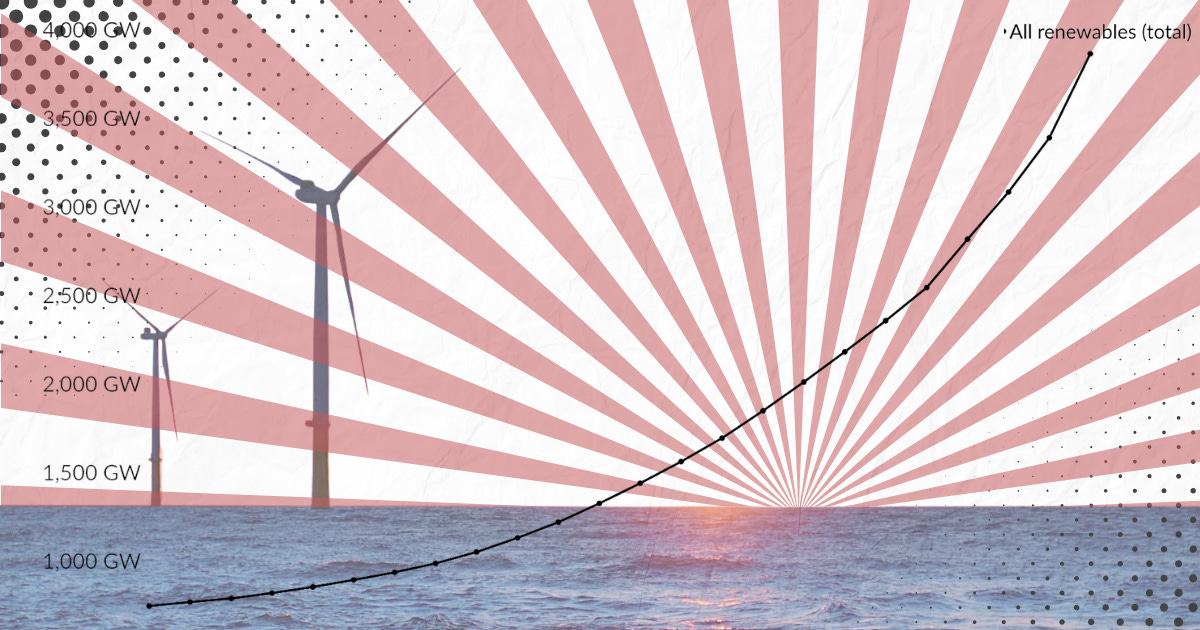Mainstreaming Renewables: Reading the 7th Strategic Energy Plan (Part 3)
Next to nuclear, renewables are the second-place winners in Japan by 2040. Yet key renewables like wind, hydroelectric, and geothermal get the short shrift.

Hey Power Japan readers,
This is the third installment in the five-part in-depth reading of Japan’s proposed 7th Strategic Energy Plan. The first in the series looks at the broad context and big changes surrounding Japan’s energy landscape. The second post took a close look at what the draft SEP says about nuclear, which I consider is the winner in Japan’s energy strategy going forward.
In this post, we direct our attention to another big topic in the SEP: renewable energy. It’s a big topic because, first, the government wants to double the share of renewable energy in the overall electricity mix by 2040. Doubling renewables capacity is a big leap, even though it falls far short of Japan’s true potential and what many clean energy advocates wanted to see. Second, it’s a big topic because “renewable energy” encompasses many technologies. In this post alone, we’ll touch on solar, wind, hydroelectric, geothermal, and biomass.
An important note before we dive in: The public comment period for the 7th SEP draft just closed on January 26. It’s not yet clear how much the draft will be revised in light of the comments that METI received. My hunch is not much, so my summaries and commentary will, hopefully, still be relevant for a while. The government is looking to finalize the plan by late March, when the 2024 fiscal year ends.
Like I did for the post on nuclear energy, I’m going to structure this post along several guiding questions I asked myself as I was diving into the renewable energy section of the SEP draft: 1) What target does the government set for each renewable energy source and why? 2) What challenges does the government anticipate in attaining those targets? 3) What strategies does the government put forth to address those challenges?
Because I cover all renewable sources discussed in the SEP (solar, wind, hydroelectric, biomass, and geothermal), this is going to be a rather long post. To sum it all up, here are the key takeaways:
Renewables as relative winners: Compared to nuclear energy, which is set to be more than doubled by 2040, renewables are the close second place in the 7th SEP. The government recognizes the many benefits of renewable energy — decarbonization, economic stimulus, and energy security — and policymakers rightly positioned renewables as becoming the main power source by 2040.
High expectations for solar: Positioned as by far the most promising solution for scaling up renewables, solar, especially rooftop solar, gets the most attention. This is why its target is set to more than double in capacity by 2040 compared to 2023.
Wind will be a “game changer.” But not yet: All observers, including the Japanese government, know that wind, especially offshore wind, has the potential to fundamentally change Japan’s energy landscape. Japan has so, so much offshore wind potential that this technology can become the predominant source of electricity. But METI evidently thinks this won’t happen any time soon. The SEP anticipates that wind (onshore and offshore) will only account for between 4-8% by 2040, up from 1.1% in 2023.
Other renewables get the short shrift: The government puts only moderate expectations for wind, biomass, hydroelectric, and geothermal. This is a puzzle given Japan’s enormous potential for wind energy, geothermal power generation, and hydroelectric. The low targets for these technologies is also hard to reconcile with the fact that policymakers clearly recognize the potential and the broader benefits of deploying these energy sources.
Strategies abound: For all renewable sources, the government suggests a wealth of solutions and strategies to facilitate their deployment. Many of these amount to a revamping of the Feed-in-Tariff (FIT) and Feed-in-Premium (FIP) schemes, but many other strategies call for other types of government support and closer coordination between relevant stakeholders in the private and public sectors, and at the national and local levels. Who knows, if these strategies are successfully implemented, renewables might surpass the SEP’s modest targets.
With that, let’s dive in.
Keep reading with a 7-day free trial
Subscribe to Power Japan to keep reading this post and get 7 days of free access to the full post archives.



